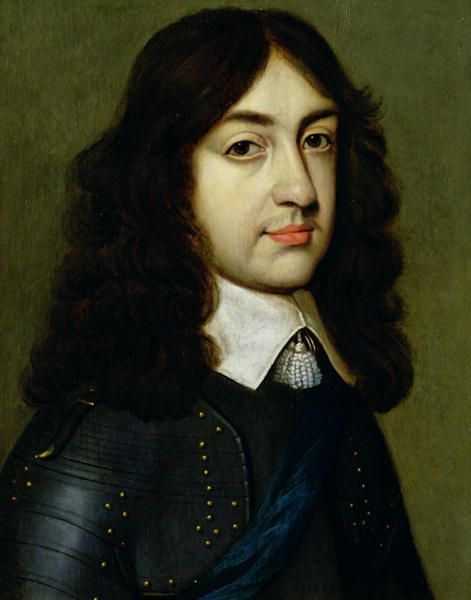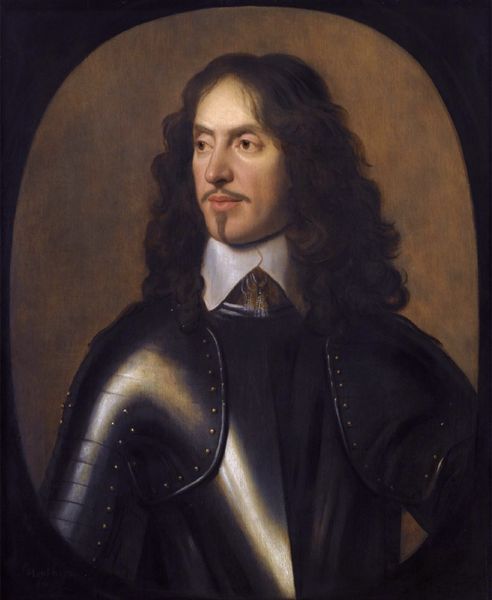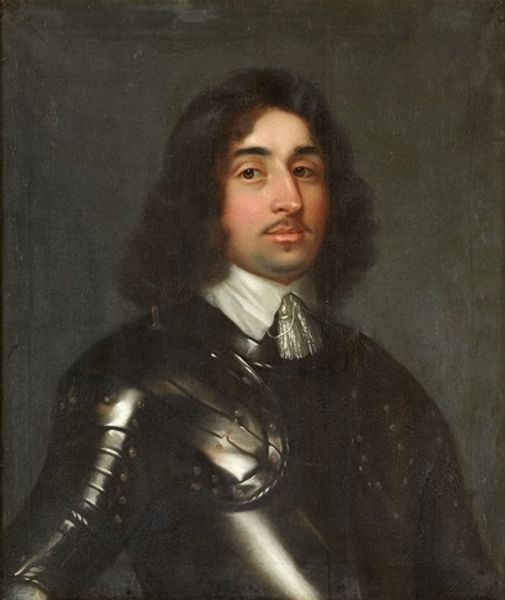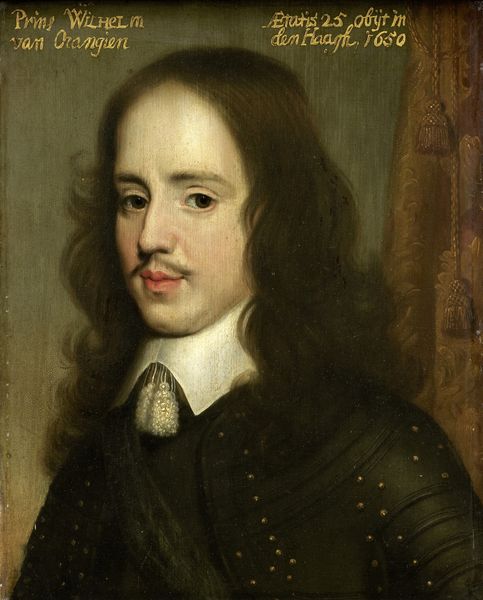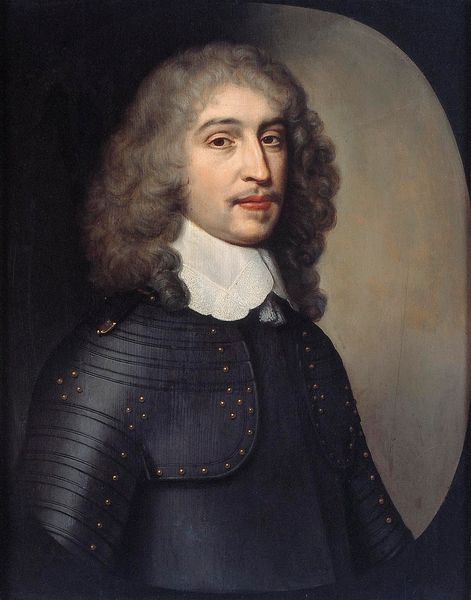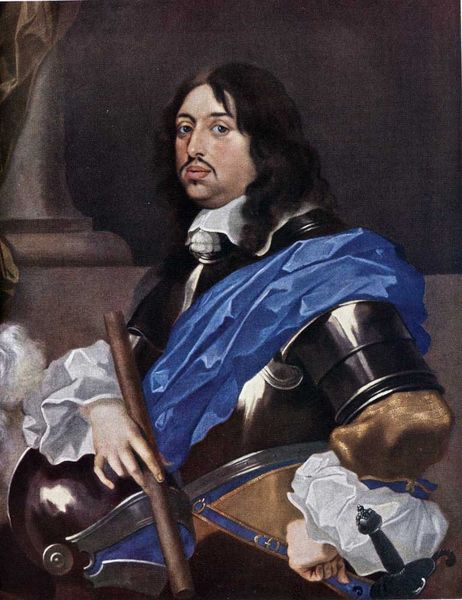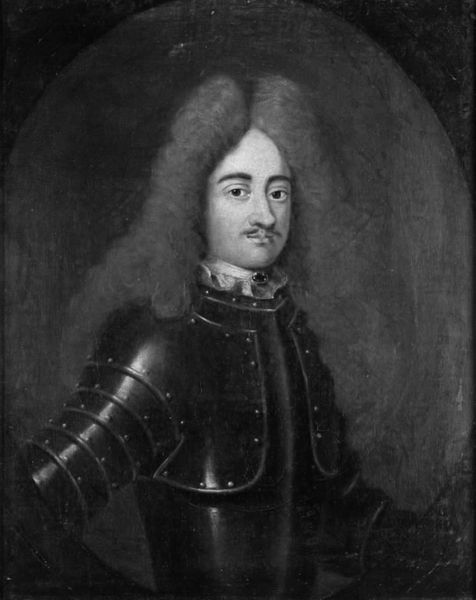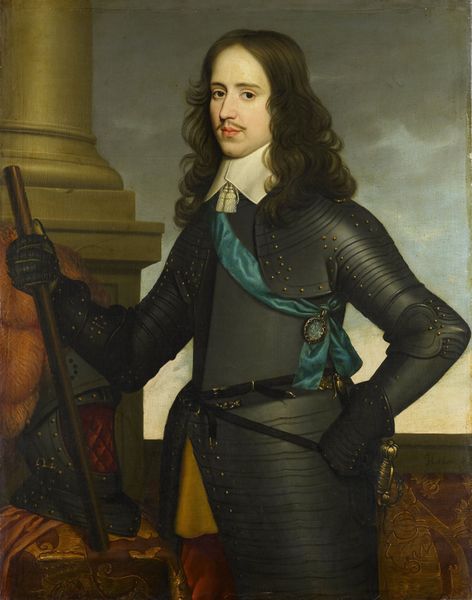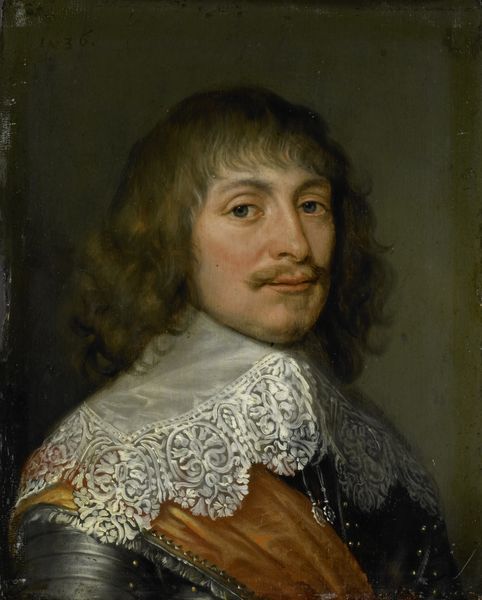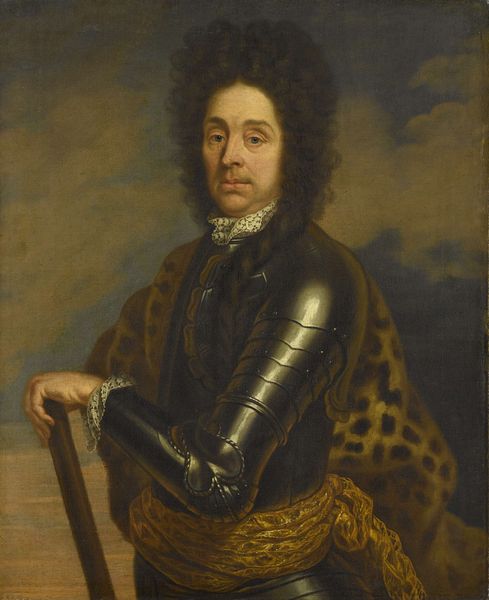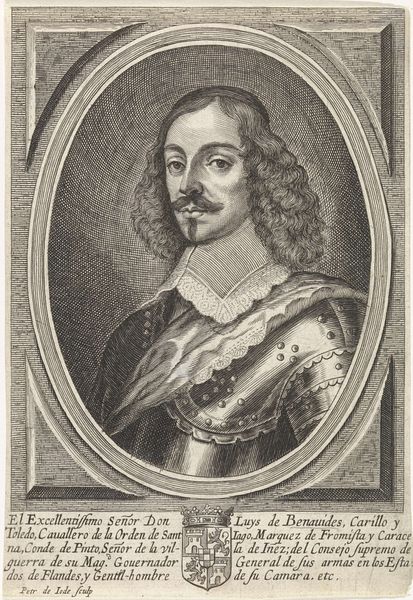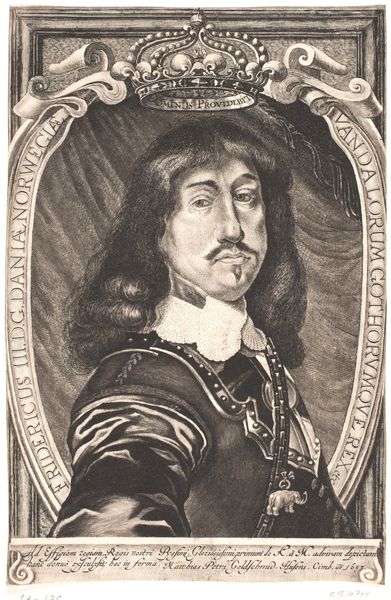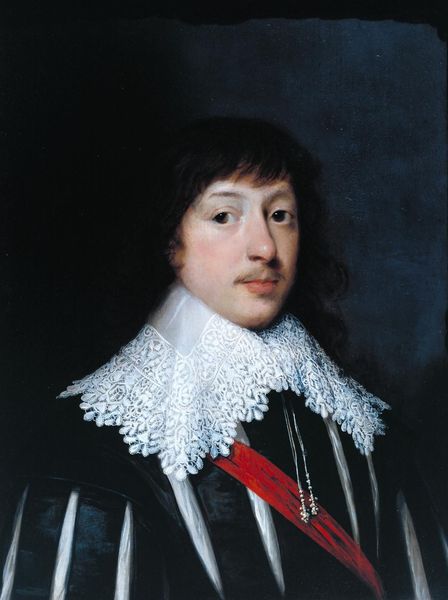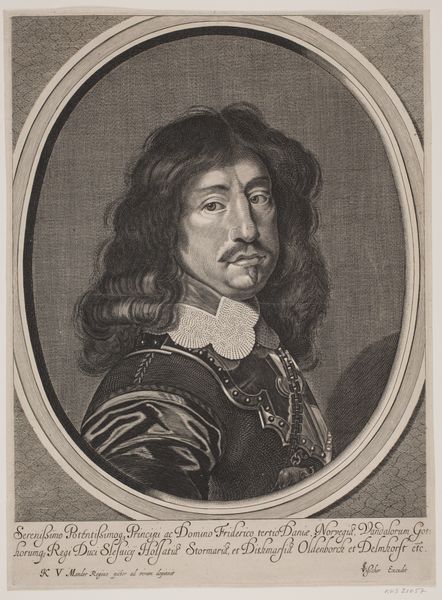
painting, oil-paint
#
portrait
#
baroque
#
portrait
#
painting
#
oil-paint
#
history-painting
#
realism
Copyright: Public domain
Editor: Velázquez's 1639 "Portrait of Francesco I d'Este", painted in oil, has an arresting quality to it. There's such confidence and power radiating from his eyes. What symbolic language is being employed to enhance these characteristics? Curator: Indeed. Consider the armor—not just protection, but a direct reference to Mars, the god of war, evoking courage, strength, and invincibility. What does the placement of the sitter’s left shoulder command within the pictorial plane, bearing in mind that is from where warriors carry their shields? Editor: That makes perfect sense, creating an immediate, bold image. Curator: Now, focus on the cape, the “Rouge Velasquez." It could easily symbolize royalty, of course. Yet the painter’s very intention in specifying such tonality with near-obsessive usage suggests an additional subtext beyond regality and privilege. Do you concur, as we contemplate possible references to nobility, or is the deeper intent perhaps one that resonates more with a man accustomed to acts of violence? Editor: It's as if it masks any inherent vulnerability with theatrical flair. Perhaps he's a ruler acutely aware of presenting the required image of power? Curator: Precisely! Each element is deliberately chosen. How fascinating to delve into this interplay of conscious presentation and potential underlying fragility. The history imbued in the portrait echoes across the centuries. Editor: Yes, I find that Velasquez's choices serve both to solidify a traditional image of leadership and subtly hint at the performed nature of the role. Thank you.
Comments
No comments
Be the first to comment and join the conversation on the ultimate creative platform.
